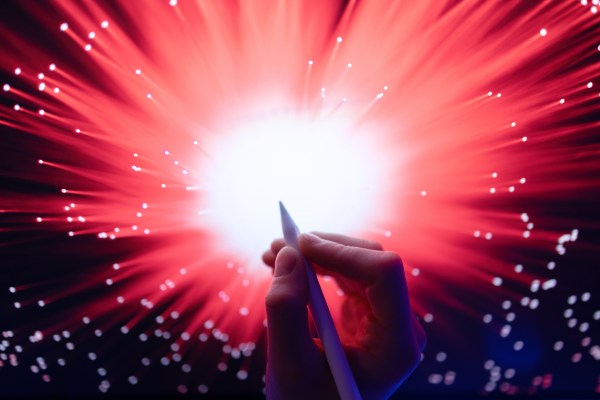In the late 1950s and early 1960s, a group of artists and writers stayed at a run-down hotel in Paris that came to be known as the The Beat Hotel. Their proximity to one another produced some incredibly creative artistic cross-pollination. The Beat-generation creatives living there were experimenting with drugs, sex and creativity, and setting the stage for the countercultural revolution that came later.
One artist living at the hotel was Brion Gysin, who came up with an idea called cut ups, where he cut into books or periodicals with a precision utility knife and pasted the cuttings on a piece of paper, producing something entirely different. People whose work he cut up and reused were sometimes upset about this repurposing of their carefully crafted words, according to author Barry Miles in his 2000 book, “The Beat Hotel.”
You can see a similar dynamic at play today with the repurposing of artwork and words through the use of generative AI. In an analogous way, it has created a tension between artists and a new generation of creators, just as Gysin’s work did at the dawn of 1960s counterculture.
Time is on your side
Scott Belsky, chief strategy officer at Adobe, came to the company when it purchased his startup Behance in 2012 for $150 million. In 2019, the company introduced Moodboards, a place where artists could collect artistic inspirations for what they would ultimately create. The idea was to give artists a starting point for thinking about their ideas.
Belsky says that creativity is the world’s greatest recycling program, with people taking inspiration from whatever has come before, mixing it with their own ideas, worldview and experiences and making something new out of it.
“The difference is that the human brain does that through a random number generator that’s not really random. It’s coming from all this deep-seated stuff in our minds, whereas with a computer it’s literally coming from a random number,” Belsky told TechCrunch+.
This isn’t just theoretical to Belsky. His company’s generative AI tool Firefly lets artists describe a picture or style and Firefly produces it. As with any generative AI, the artist can then interact with the bot and adjust the result as needed. The source material comes from Adobe Stock and public domain and open source artwork.
The creative process, however, doesn’t always bring to mind the Beats and their own unique aesthetic. While much creative work is purely designed for aesthetic consumption, even more is done in the name of commerce. While there has been less hand-wringing about the impact on corporate creative work by generative AI as opposed to, say, novel writing, the folks employed to create for companies still worry about the impact of these new technologies on their employment status. In other words, will AI be taking over human creative work?
Belsky doesn’t think they need to worry about being replaced. He says that ultimately, generative AI is not replacing creatives, so much as giving them more time to create.
“I think that there will be a lot of functions of the creative, everyday routine that are rather mundane and repetitive, that are going to be replaced by these AI capabilities,” he said. “And I think that that newfound time will be used by creative professionals to raise the bar for digital experiences. So they will get definitively better because these creative professionals are more capable and they can explore more surface area of possibility.”
Will it cost jobs?
There is always tension in the creative process, but will generative AI cost creatives jobs? That’s a complex question and could take some time to answer. But while Belsky acknowledges that some tasks will disappear because tech will take over the job, for the most part, creatives don’t have anything to worry about.
“When you unlock more ingenuity per person, you actually end up [needing] more people, not fewer people,” he said.
He sees a world where if you tie your creative process into customer experience — another part of the Adobe software catalog — it should give companies more room to work on better experiences. That could mean taking these assets and making them more personalized for different customer segments; leveraging the performance data of those assets; and tweaking them to perform better over time.
But there may be other ways the arguments over AI taking jobs break down. Box CEO Aaron Levie says just because AI can do one thing well doesn’t mean it can do everything that humans do similarly well.
“People kind of over extrapolate what AI can do, and then also under-appreciate what humans actually do by [stitching] all of these different tasks together,” he told TechCrunch+. “That tends to be the failure [point] of people’s prediction because they think that because AI can do this one narrow thing extremely well, that’s going to replace what humans do for their job, and it’s really not. Humans have to balance hundreds of different variables and acts to do their work.”
The same is even more applicable to creative work. While you can produce stories or artworks with generative AI, a bot lacks the soul of the artist or an understanding of what goes into the creative process. It is merely copying a style that already exists; art requires human emotion, and it’s highly unlikely that anyone will ever distill that into a computer program.
So while the borrowing and building upon past ideas will continue as it always has for creative people, like Gysin’s cut ups, it won’t eliminate the original work that was used to create them, nor will it remove the need for those source artists required to build the AI-generated content.
